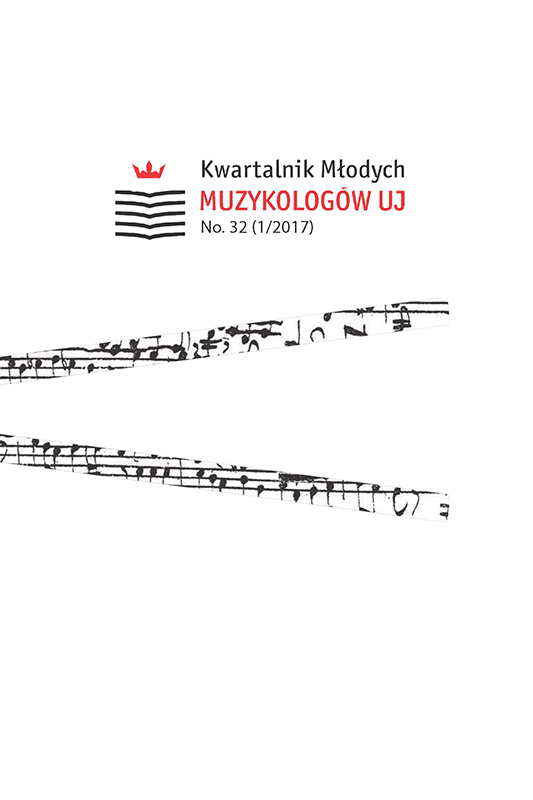The Composition of the „Epoch of Intertextuality”—Symphony No. 3 Circus Maximus by John Corigliano
The Composition of the „Epoch of Intertextuality”—Symphony No. 3 Circus Maximus by John Corigliano
Author(s): Katarzyna BartosSubject(s): History, Fine Arts / Performing Arts, Music, General Reference Works, Recent History (1900 till today), Transformation Period (1990 - 2010)
Published by: Koło Naukowe Studentów Muzykologii UJ
Keywords: polystylism; intertextuality; John Corigliano; Circus Maximus; contemporary American music;
Summary/Abstract: As many researchers claim, we live in the era of intertextual works. The analysis of the 3rd Symphony “Circus Maximus” by the American composer John Corigliano definitely proves this statement. The symphony, finished in 2004, had been commissioned by Jerry Junkin – the conductor of the Wind Ensemble and Director of Bands at UT Austin. It is said to be an example of program music. Corigliano’s main purpose was to show connections between the past (Rome Empire) and the contemporary world. The composer notices that animalisation and coerciveness are characteristics of people living in these two eras. The composition consists of eight movements and is written for wind ensemble and percussion. The aim of this article is to show intertextual connotations and references present in the composition, such as: allusions, stylization, reminiscences, and memory of genre. In order to achieve this aim, the author used the Mieczysław Tomaszewski’s systematics of music-in-music existence. Moreover, similarities to Gustav Mahler and Charles Ives’ compositions are shown.
Journal: Kwartalnik Młodych Muzykologów UJ
- Issue Year: 2017
- Issue No: 01 (32)
- Page Range: 89-107
- Page Count: 19
- Language: English

